EA, Designed as a true all-arounder, the Nikon D7500 DSLR Camera with 18-140mm Lens is a DX-format DSLR offering a versatile feature-set to appeal to photographers and videographers alike. Based on a 20.9MP CMOS sensor and EXPEED 5 image processor, this multimedia maven avails an 8 fps continuous shooting rate for up to 100 consecutive JPEGS, a native sensitivity range to ISO 51,200 that can be expanded up to ISO 1,640,000, and 4K UHD video and time-lapse recording capabilities. Complementing the imaging capabilities is a 51-point Multi-CAM 3500FX II autofocus system, which features 15 cross-type points for fast performance and accurate subject tracking capabilities in a variety of lighting conditions.
Balancing the performance attributes, the Nikon D7500 DSLR Camera is also characterized by its sleek profile and monocoque construction that is comfortable and easy to handle. This physical design is also fully weather-sealed to permit working in harsh environmental conditions. In addition to the pentaprism optical viewfinder, a rear 3.2″ 922k-dot touchscreen is also featured, and has a tilting design to benefit working from high and low shooting angles. Additionally, SnapBridge Bluetooth and Wi-Fi permit wireless transferring of photos and movies and remote control over the camera from linked mobile devices.
20.9MP DX-Format CMOS Sensor and EXPEED 5 Image Processor
The DX-format 20.9MP CMOS sensor is paired with the EXPEED 5 image processor to provide an esteemed mixture of high sensitivity, nuanced image quality, and fast overall performance. At native values, a sensitivity range from ISO 100-51200 permits working in a broad array of lighting conditions, and can be further expanded to ISO 50-1640000 (Lo 1 to Hi 5) to handle the most challenging of situations. The mixture of resolution and sensor size also contributes to clean image quality and smooth color transitions with reduced noise throughout the sensitivity range.
In addition to benefitting image quality, the EXPEED 5 processor also affords a wealth of speed throughout the camera system, including a top continuous shooting rate of 8 fps with full-time autofocus and exposure metering. Up to 100 JPEGs or 50 14-bit lossless compressed NEF files can be recorded in a single burst.
4K UHD Video Recording
Capable of recording more than just stills, the Nikon D7500 DSLR Camera supports 4K UHD video recording at 30, 25, and 24 fps frame rates and Full HD/HD recording at up to 60 fps, along with the ability to save movie files to the in-camera memory cards or as an uncompressed file to an optional external recorder via HDMI out. For maintained quality and versatility in how your movies look, three image area options are available:
- 4K UHD movie image format is an area that provides a 1.5x increase in the effective focal length of the lens in use and is reserved for 4K 3840 x 2160 recording.
- 1.3x-based movie image area provides a 1.3x crop of the DX sensor, and is used for recording Full HD and HD video.
- DX-based movie image format utilizes the full width of the DX-format sensor, and is used to record Full HD 1920 x 1080 and HD 1280 x 720 video. This setting is well-suited for shallow depth of field effects and provides the widest field of view.
As with still shooting, the wide range of sensitivities is available for recording in low- and bright-light conditions, ranging from expanded ISO 100-1640000, and sensitivity values are manually adjustable via the dedicated movie-shooting menu. Also, a video-optimized Flat Picture Control mode can be used during recording to flatten the overall contrast curve for more control during post-production and color grading.
Benefitting handheld shooting, an Electronic Vibration Reduction feature can be used during Full HD and HD recording, which minimizes the appearance of camera shake across three axes to control horizontal, vertical, and rotational movements. Additionally, Active D-Lighting can also be employed during Full HD/HD shooting to preserve highlight and shadow detail when working in high-contrast situations.
In regard to handling, a dedicated power aperture button (Pv) makes it possible to achieve smooth, continuous exposure transitions when switching from light to dark areas and Auto ISO can also be used to maintain consistent brightness when working in changing light situations. Audio recording can be handled using the built-in stereo microphone or an optional external mic can be added via the 3.5mm stereo jack for greater control over quality. Regardless if using the in-camera mic or an external mic, audio levels can be adjusted in 20 increments and live monitoring is possible via the headphone jack.
In addition to straight movie recording, time-lapse recording, for up to 9999 consecutive frames shot over the course of up to one week, is also possible with up to 4K UHD/30p output from the camera.
51-Point Multi-CAM 3500FX II Autofocus System
Supporting the imaging capabilities of the Nikon D7500 DSLR Camera is an apt autofocus system that employs up to 51 distinct points, with options available to use 9, 21, or all 51 points depending on the situation, with AF detection sensitivity down to -3 EV. 15 cross-type points are also integrated within this array to provide even greater accuracy to centrally-located subjects. Benefitting the use of telephoto lenses and teleconverters, the center-most point is also sensitive down to an aperture value of f/8. 3D Tracking, a part of the intelligent Scene Recognition System, also works to benefit maintained focusing on moving subjects for greater accuracy when shooting at high continuous shooting speeds. Furthermore, Single-point AF, Dynamic-area AF (with 9, 21, or 51 points selectable), 3D-tracking (using all 51 points), and Auto-area AF modes are also available, as well as Group-Area AF that treats smaller groups of AF points as a single point for a wider field of recognition, and is well-suited to tracking faces or other detailed subjects.
When working in live view, for either still or movie shooting, a contrast-based AF system is employed to acquire focus precisely and can function in continuous, full-time servo mode to better-suit working with moving subjects.

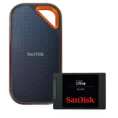
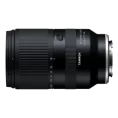
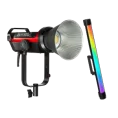








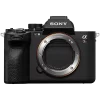
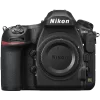
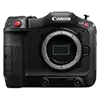
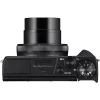
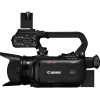
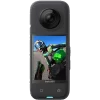
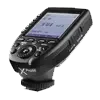
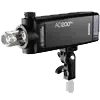
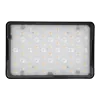
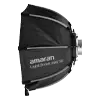
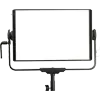
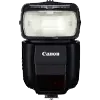
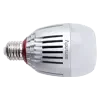
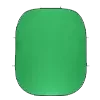
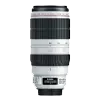
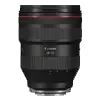
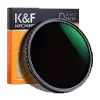
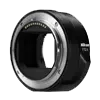
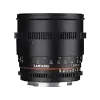
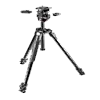
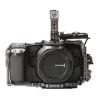
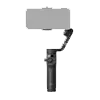
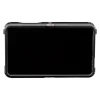
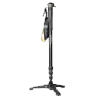
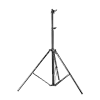
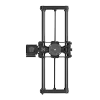
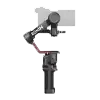
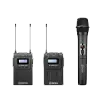
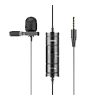
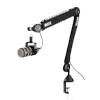
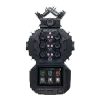
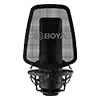
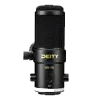
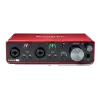
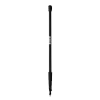
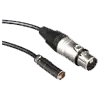
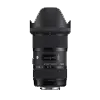
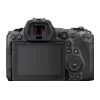
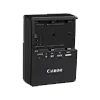
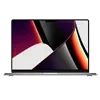
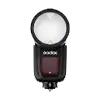
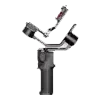
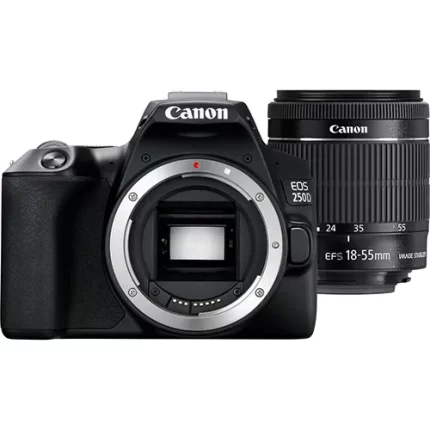
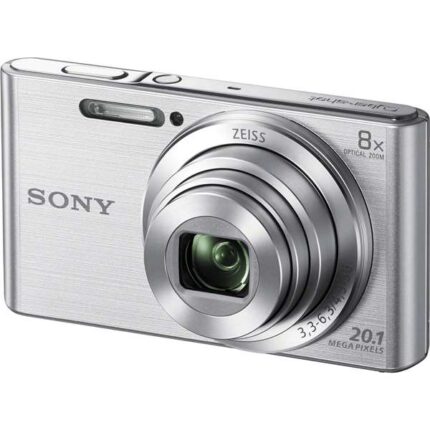

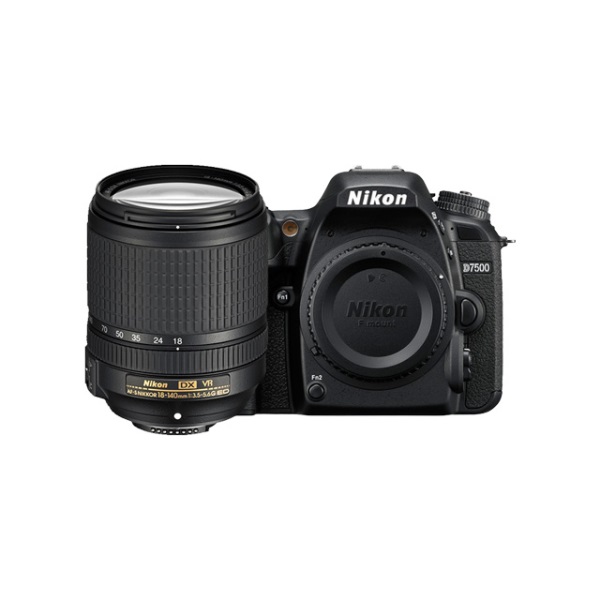
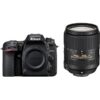
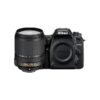
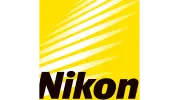
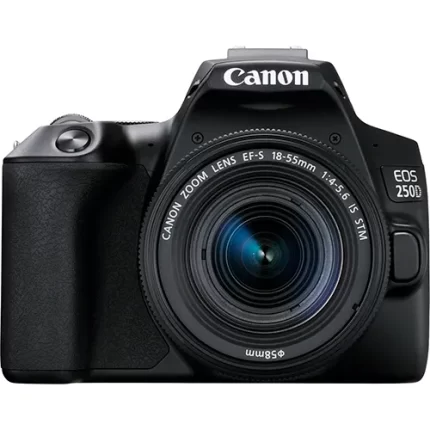
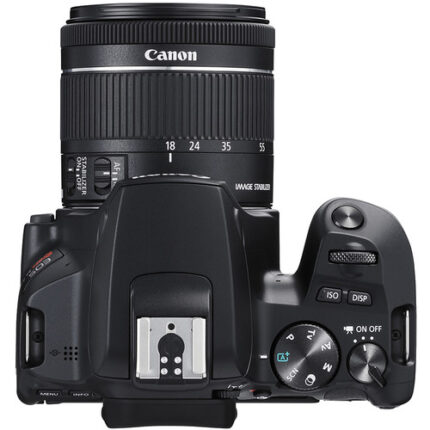
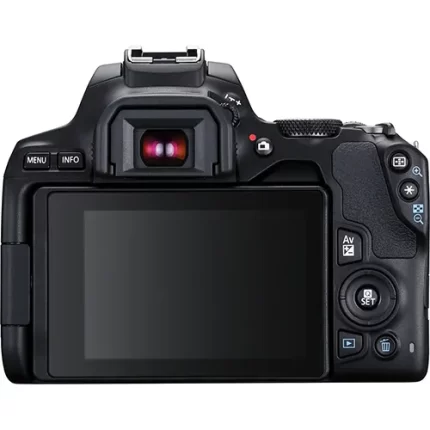
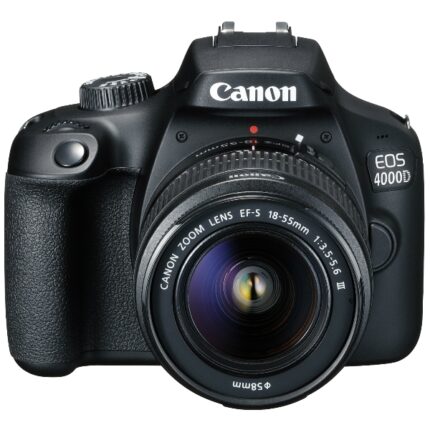
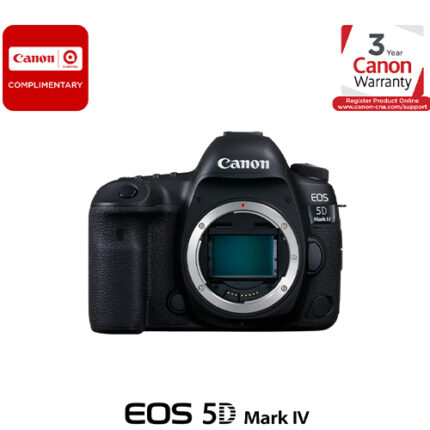
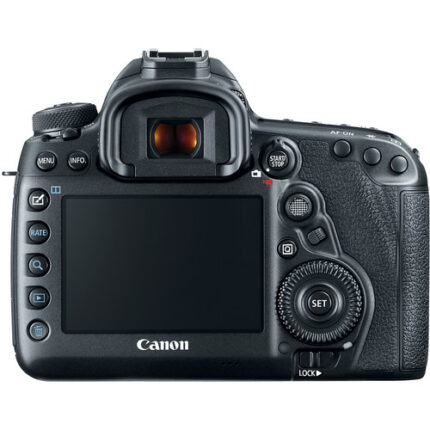
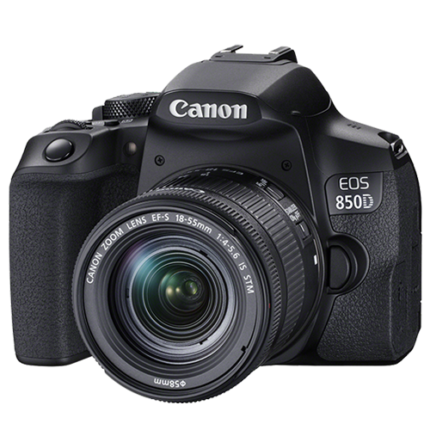
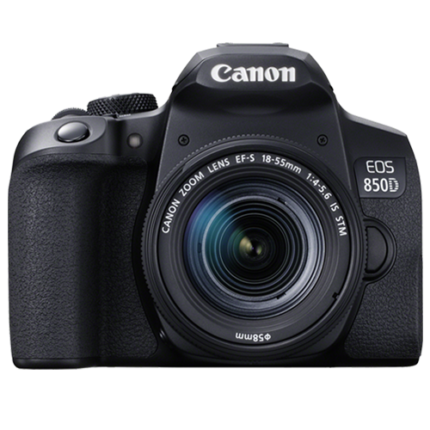
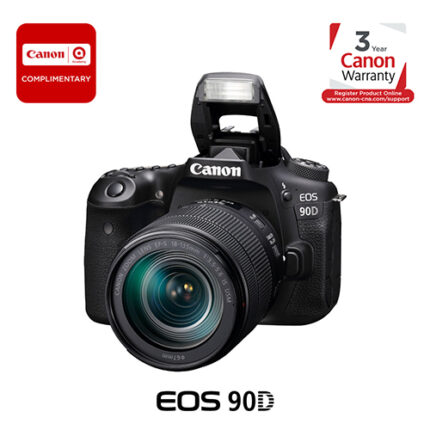
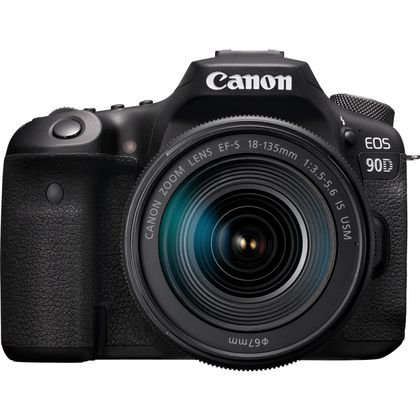
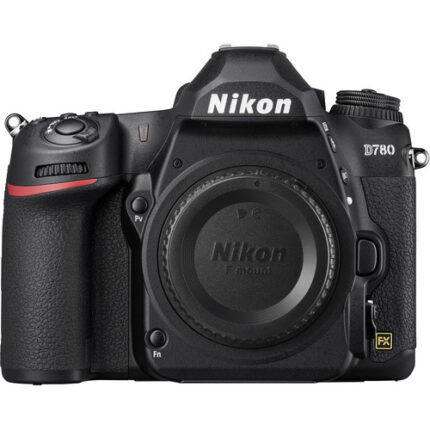
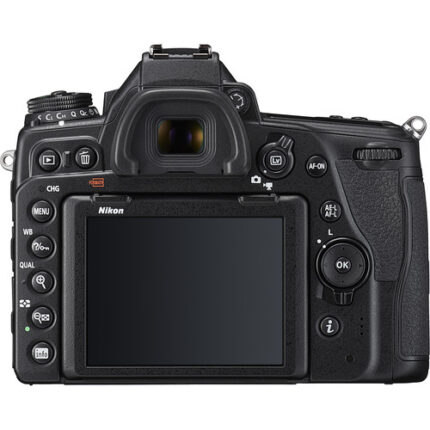
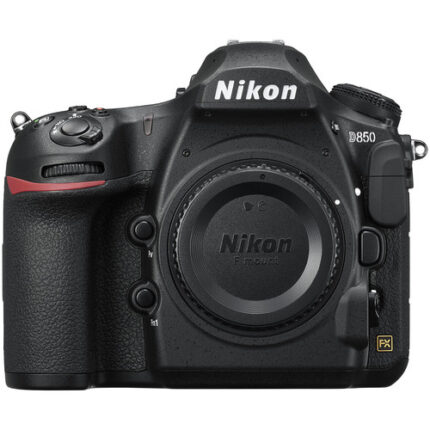
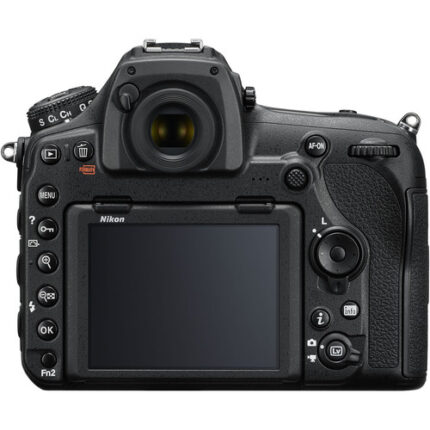


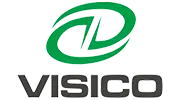
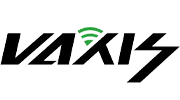




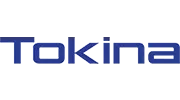
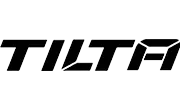
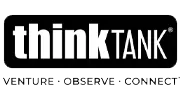
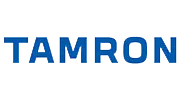
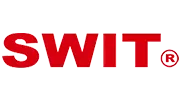




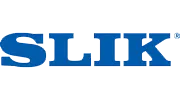

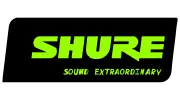
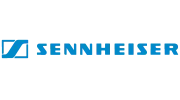

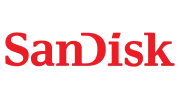



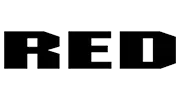

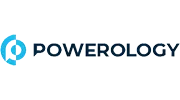

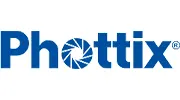







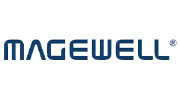

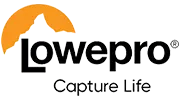


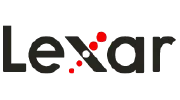
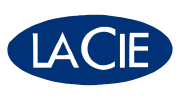
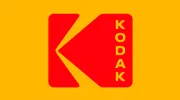
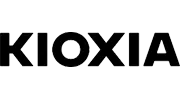



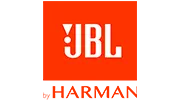






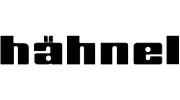







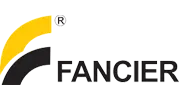

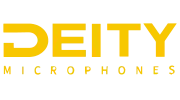
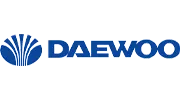


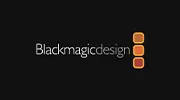

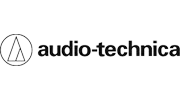


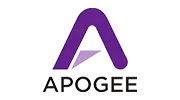


Reviews
There are no reviews yet.